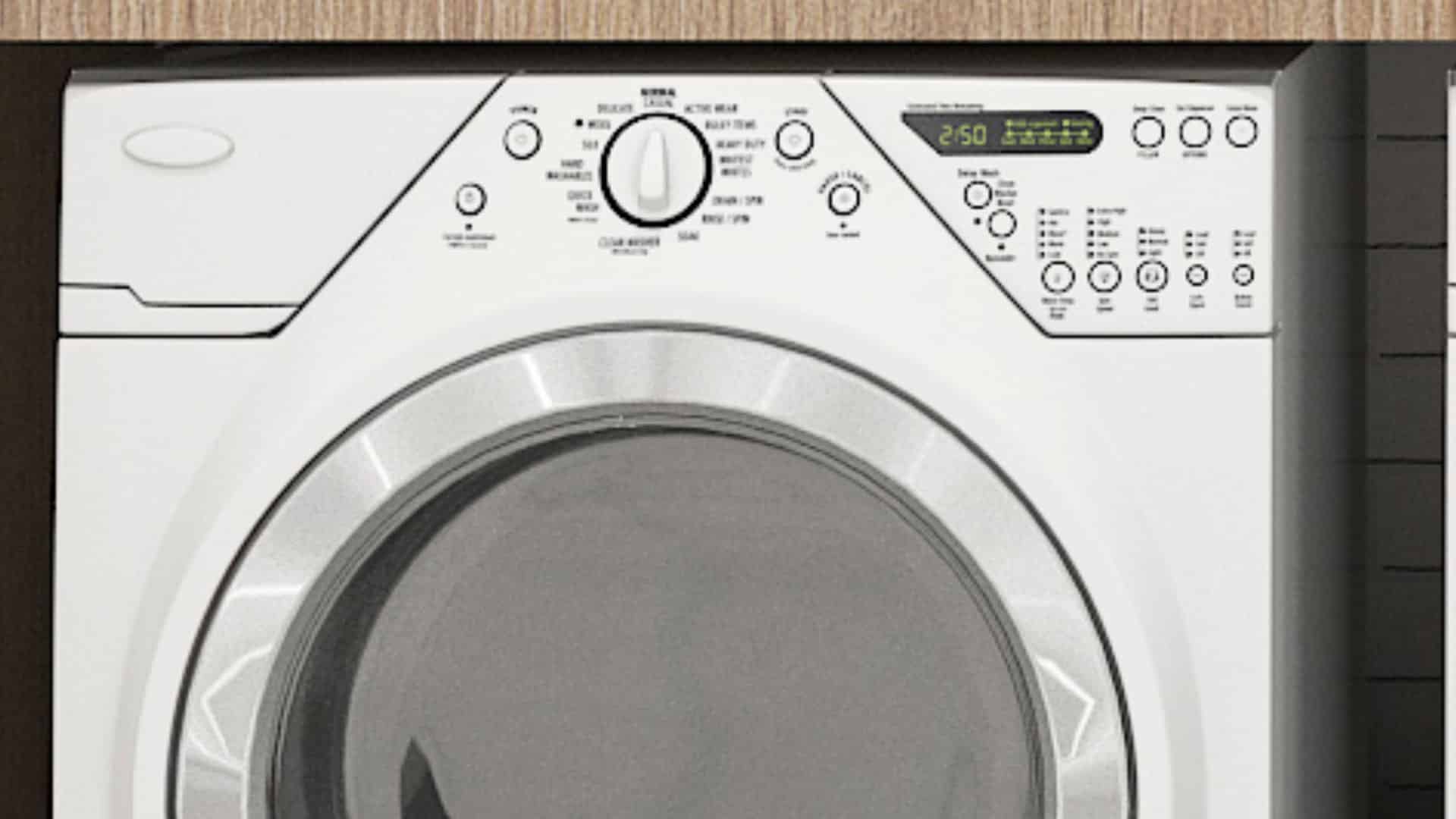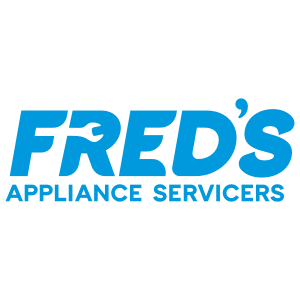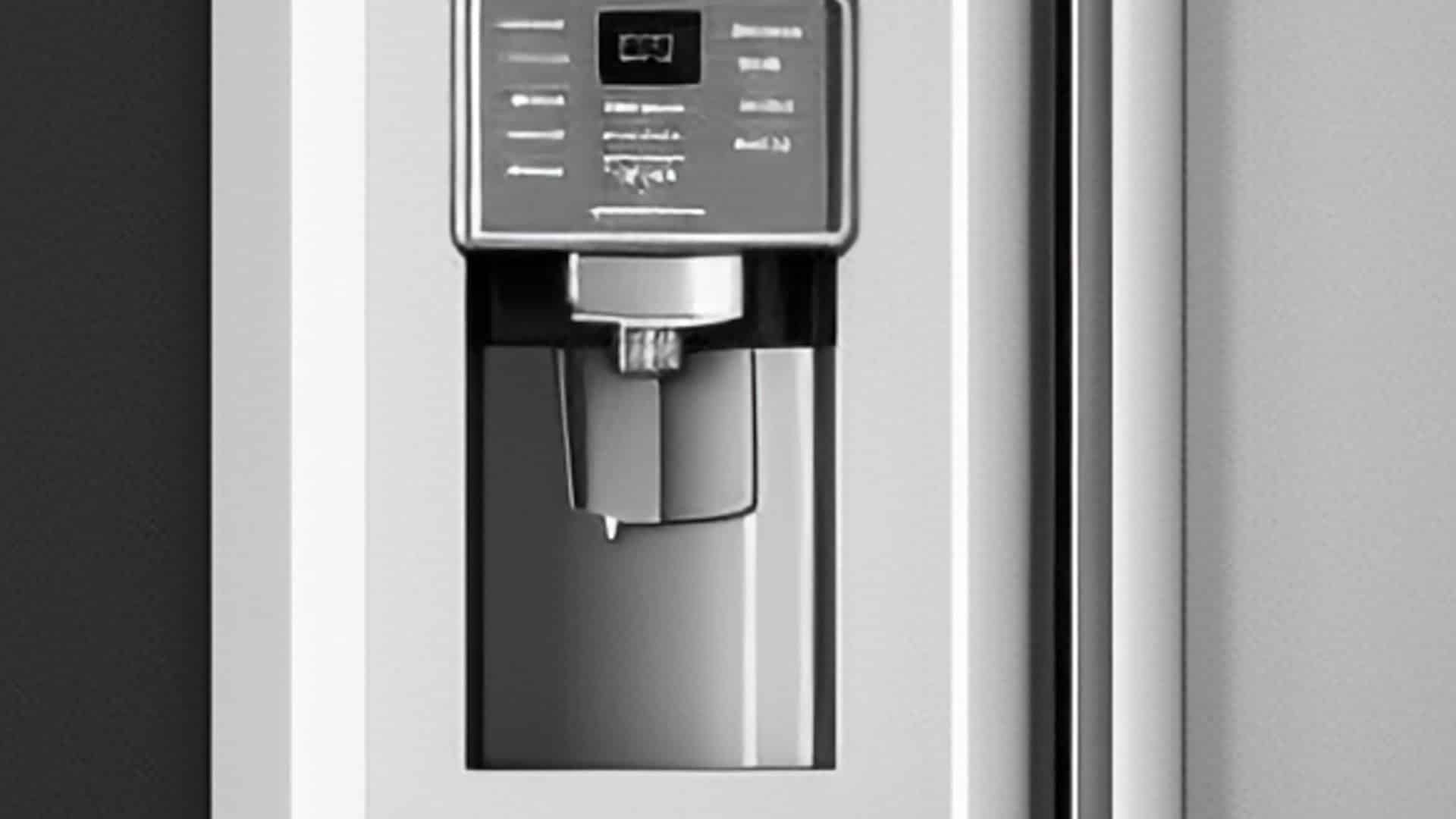
Is your refrigerator not working properly? Before you rush out to buy a new one or hire an expert to fix it for you, it’s worth doing a little research and troubleshooting first as sometimes fixing an LG refrigerator that isn’t cooling is relatively simple.
This article can help you on that quest, offering a list of the most common causes along with tips and advice on resolving this issue. Since refrigerators are designed to keep food and beverages cold and fresh, it can be frustrating when they fail to do that. And that’s why we’re here to help.
Hopefully, this guide will set you on the path to getting your refrigerator working correctly again, saving you some unnecessary expense in the process.
Before We Start: Is the Power On?
It seems obvious, and you’ve probably already checked, but this does sometimes get overlooked.
To be sure, check that the appliance is plugged into a wall outlet and switched on. If any lights on the fridge are working, or if you can hear the hum of the compressor, then it has power.
If the appliance doesn’t seem to have power, check that the wall outlet is working by plugging another device you know works into it. Also, check that the circuit breaker hasn’t tripped.
9 Troubleshooting Tips for an LG Refrigerator Not Cooling
So, you’ve verified that your refrigerator has power, but it still isn’t cooling. Here are 9 possible causes and solutions for when an LG refrigerator isn’t cooling properly.
1. Is It Set to the Correct Temperature?
Your LG refrigerator needs to be set to a temperature of 37°F (2.8°C) for the fridge section and 0°F (−18°C) for the freezer section to perform optimally, so it’s worth checking that it’s not set any warmer than this.
You can also try setting the temperature a few degrees colder to see if that helps.
2. Has Your LG Refrigerator Just Been Installed?
If your LG refrigerator is newly installed, it’s important to note that it needs to run for at least 24 hours to reach the correct temperature. However, if you immediately stocked the fridge with food and other items after it was installed, it may take even longer than this.
To get your fridge to cool as quickly as possible, you can store your perishable items in a cooler or another unit (like a minifridge) if available.
3. Was It Installed Correctly and Placed in a Suitable Location?
Your LG refrigerator should have at least a 2-inch gap between the back of it and the wall to allow the airflow it needs to run optimally. Also, if your appliance is in direct sunlight or in a room with high humidity or ambient air temperatures, this can also hamper its ability to cool properly.
If any of these are the case, try moving your LG appliance somewhere more suitable or making the environment more favorable.
4. Is It Overstocked?
When a fridge is packed full of food and drinks, it’s hard for the appliance to keep everything cool. That’s because the air vents that help circulate all the cold air become blocked or obstructed, meaning air can’t reach all parts of the fridge. Also, if there are no gaps between each food item, the cold air cannot flow between them to keep them cool.
Try either rearranging some items or removing them to see if that helps. Also, check no items are obstructing the door, preventing it from closing fully.
5. Is the Door Being Opened Too Frequently or for Long Periods?
Every time you open the door on your LG refrigerator, you’re allowing some cold air to escape and some warm, humid air to enter. Now, of course, you need to open the door to access the food inside. But if you’re opening it more than 15 times per day, this could be why it’s not cooling properly.
Likewise, accidentally leaving it open for long periods or browsing in the fridge for too long can have the same effect.
To solve this problem, set a goal of reducing the number of times you open your LG refrigerator every day. To prevent keeping the door open too long, think about the specific items you want before opening the door.
6. Are the Door Seals Damaged or Dirty?
Having a dirty or damaged seal (also called a gasket) is effectively the same as leaving the door open as gaps in the seal allow cold air to escape and warm air to enter, preventing your refrigerator from cooling properly.
It’s worth inspecting the seals on the fridge and freezer doors to see if they’re damaged, dirty, or compressed. Also, check for any gaps in the seal when the door is closed. A door that’s not aligned correctly can also prevent a proper seal.
It’s a good idea to wash the seal with mild soap and warm water just in case any lumps of food or grime are creating gaps. If the seal is pressed in anywhere, try gently popping it out again with your hand.
If the seal is damaged, replace it with a new one compatible with your LG refrigerator model. To install, gently pull out the old one, clean the area, then gently push the new one into position.
7. Is It Displaying an Error Code?
If your LG fridge is displaying an error code, such as the dH or Er rF error codes, you will likely need to fix it before it starts cooling again. Many error codes can arise—too many to list here.
However, you can quickly find guides for each error code online, most of which you can fix yourself.
8. Are the Condenser Coils Dirty?
The condenser coils are a crucial part of the refrigeration cycle as they enable the release of heat from the appliance. However, if they’re covered in dust or hair, they can’t do this as well, meaning your refrigerator doesn’t cool properly.
For a quick clean, pull your LG appliance away from the wall and use a vacuum cleaner with a brush attachment to vacuum away any dust from the condenser cover panel and vents. You can find these at the bottom of the back of your appliance. Refer to your user manual if necessary.
For a more thorough clean, remove the condenser cover panel and clean the condenser coils directly. However, be sure to unplug the appliance first and go gently with a soft bristle brush and vacuum cleaner.
9. Is a Component Faulty?
Whether it’s the fan, compressor, or thermostat, a faulty component can cause your refrigerator to not cool properly. These types of problems tend to become more common as your fridge ages, especially for those units over ten years old.
It’s generally best to contact a qualified technician to help you fix the problem when this is the case. However, if you’re a keen DIYer, there are some things you can attempt yourself. Be sure to unplug the appliance first, though.
To inspect your LG refrigerator’s components, you’ll want to remove the panel on the back of the appliance and/or the back panel inside the fridge. Look for signs of damage or ice buildup. Anything frozen will need to be thawed, and anything damaged will likely need to be replaced with a new part compatible with your refrigerator.

How to Fix the nF Error Code on a Samsung Washer

Kenmore Elite Dryer Issues: How To Troubleshoot
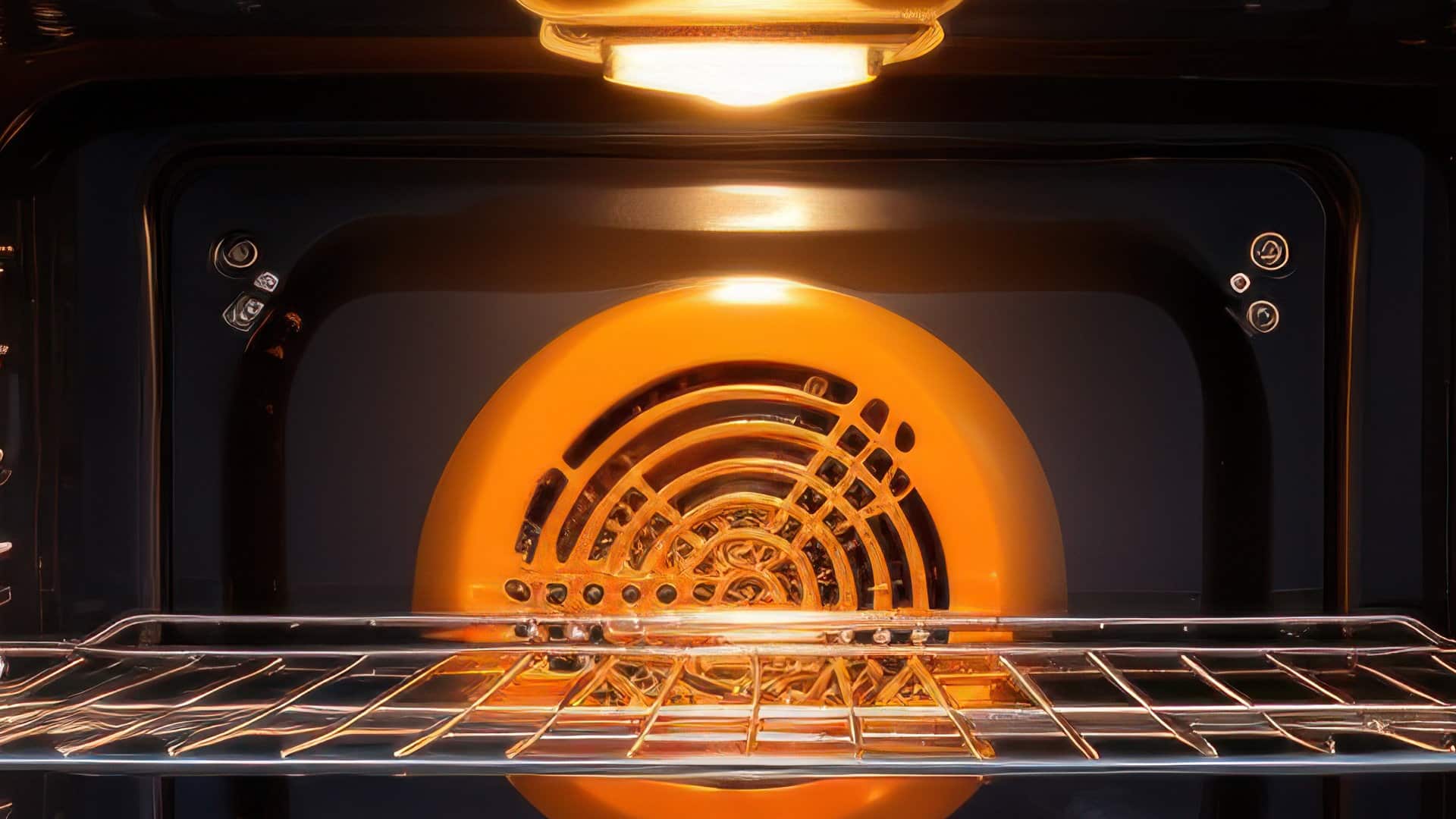
Microwave vs. Oven: Pros and Cons and How They Differ
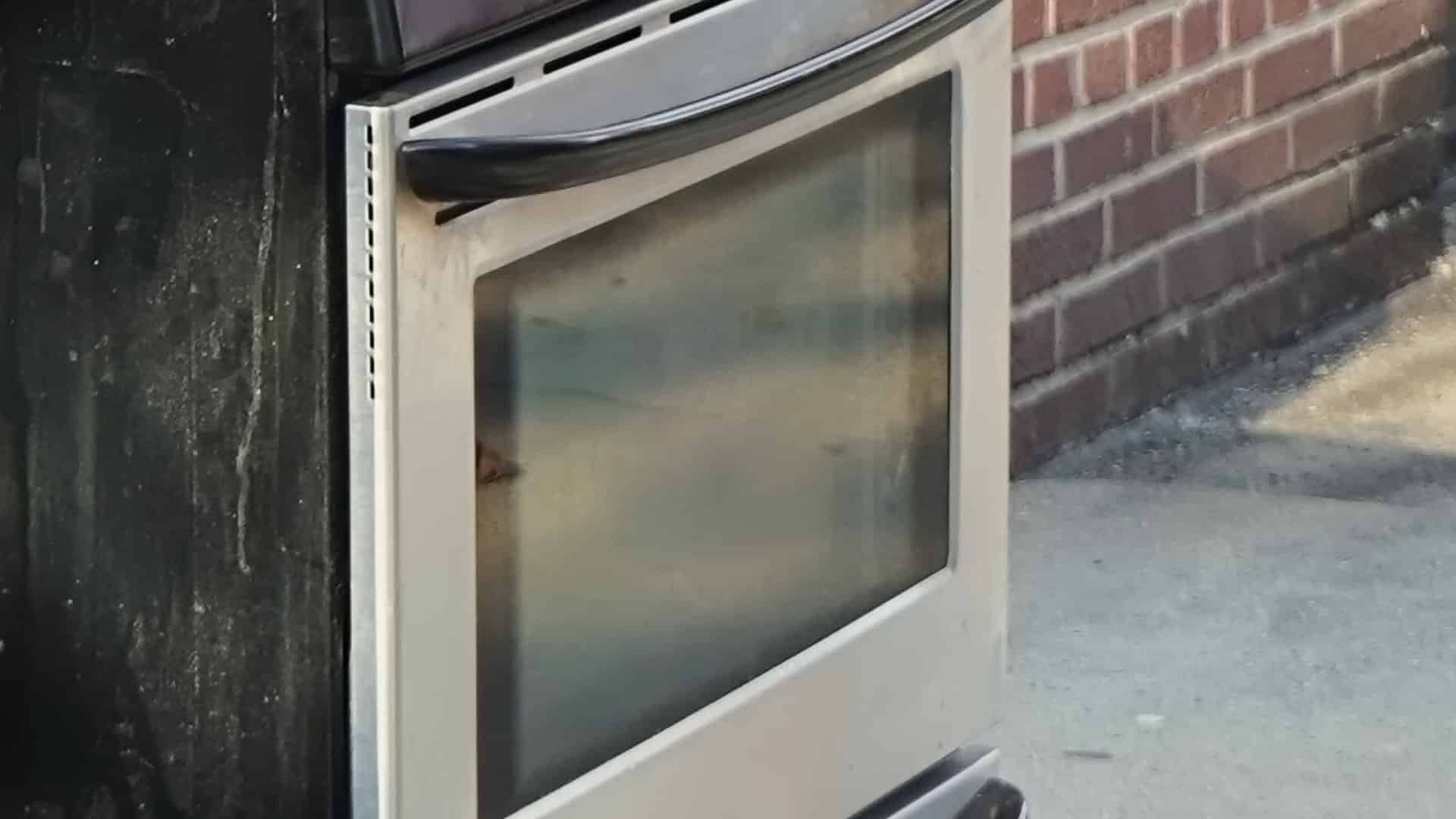
Self-Cleaning Oven Smell: Causes & Odor Reduction Tips
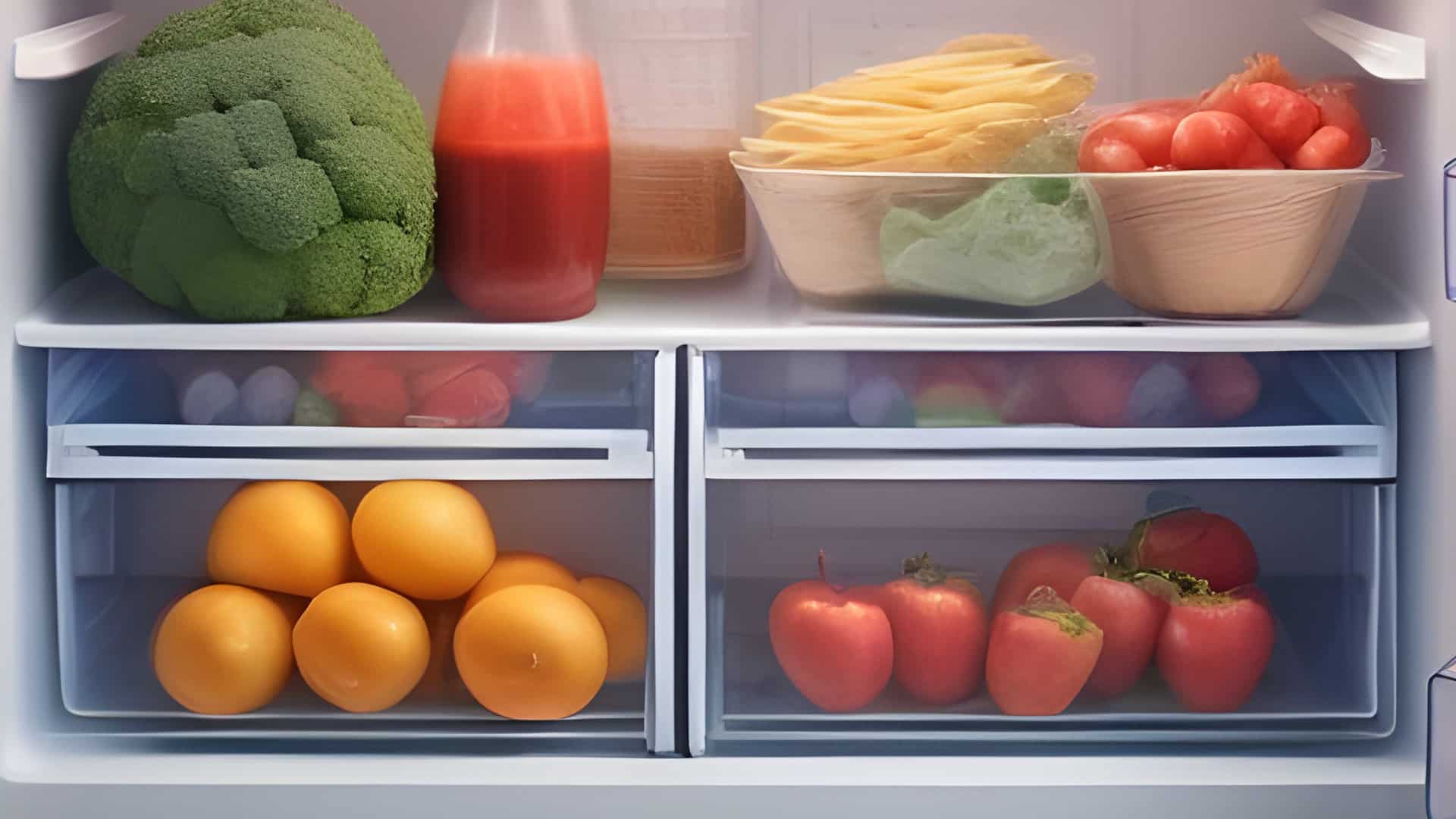
Frigidaire Ice Maker Not Working? 7 Ways to Fix It

Why Is Your LG Refrigerator Not Cooling? (9 Common Reasons)
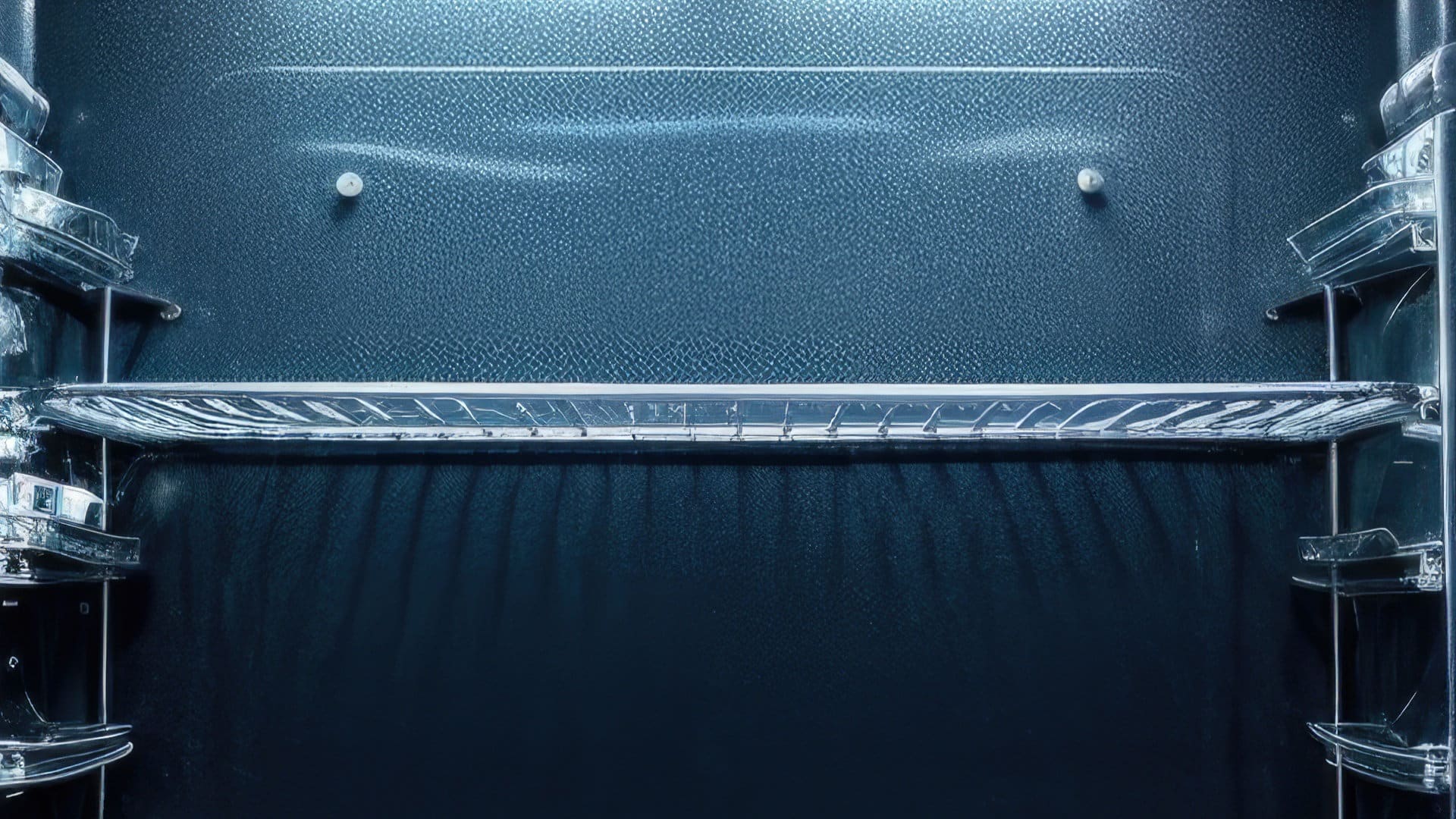
GE Oven F2 Error: Causes & Solutions
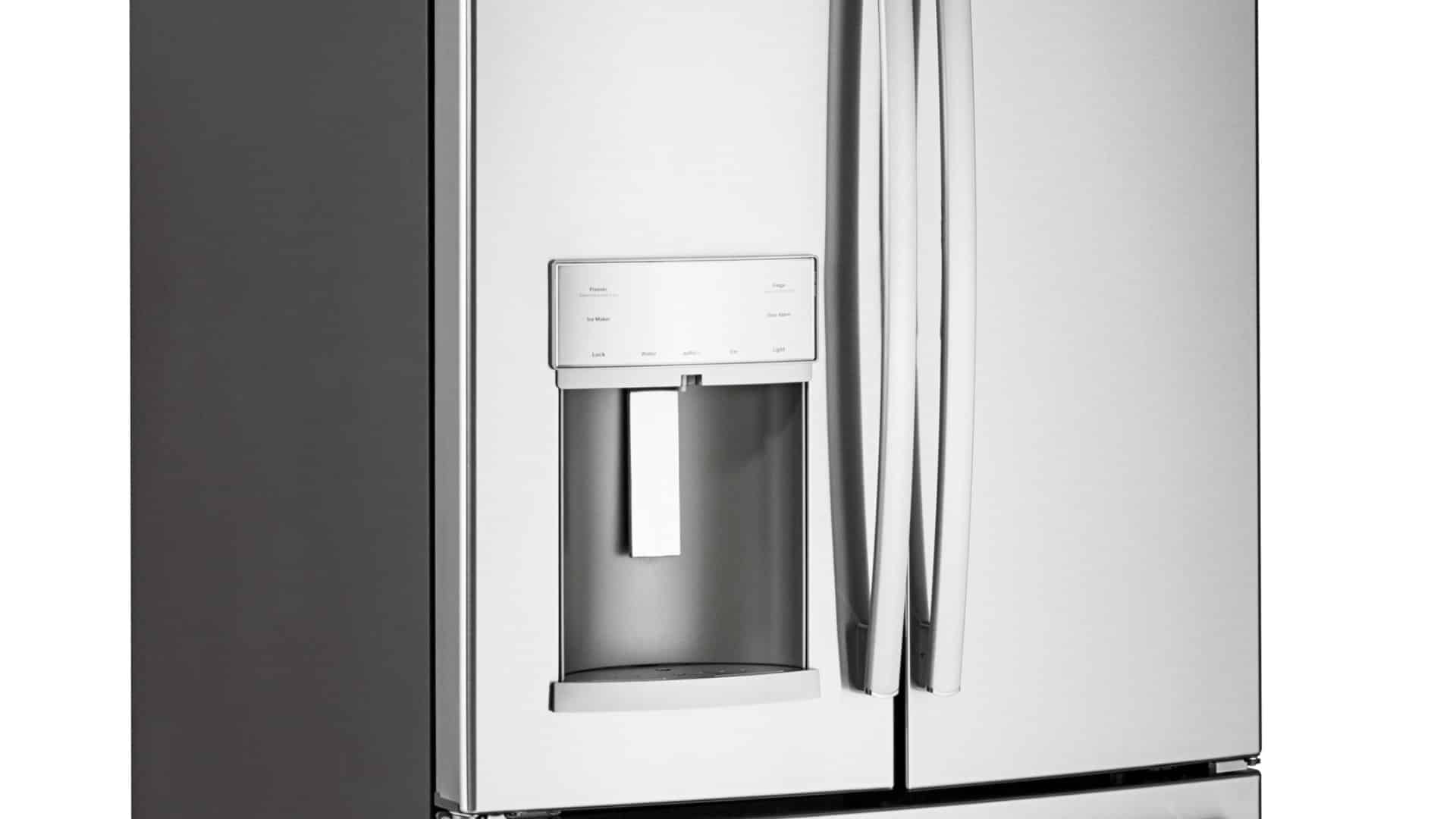
How to Reset the Water Filter Light on a Samsung Refrigerator
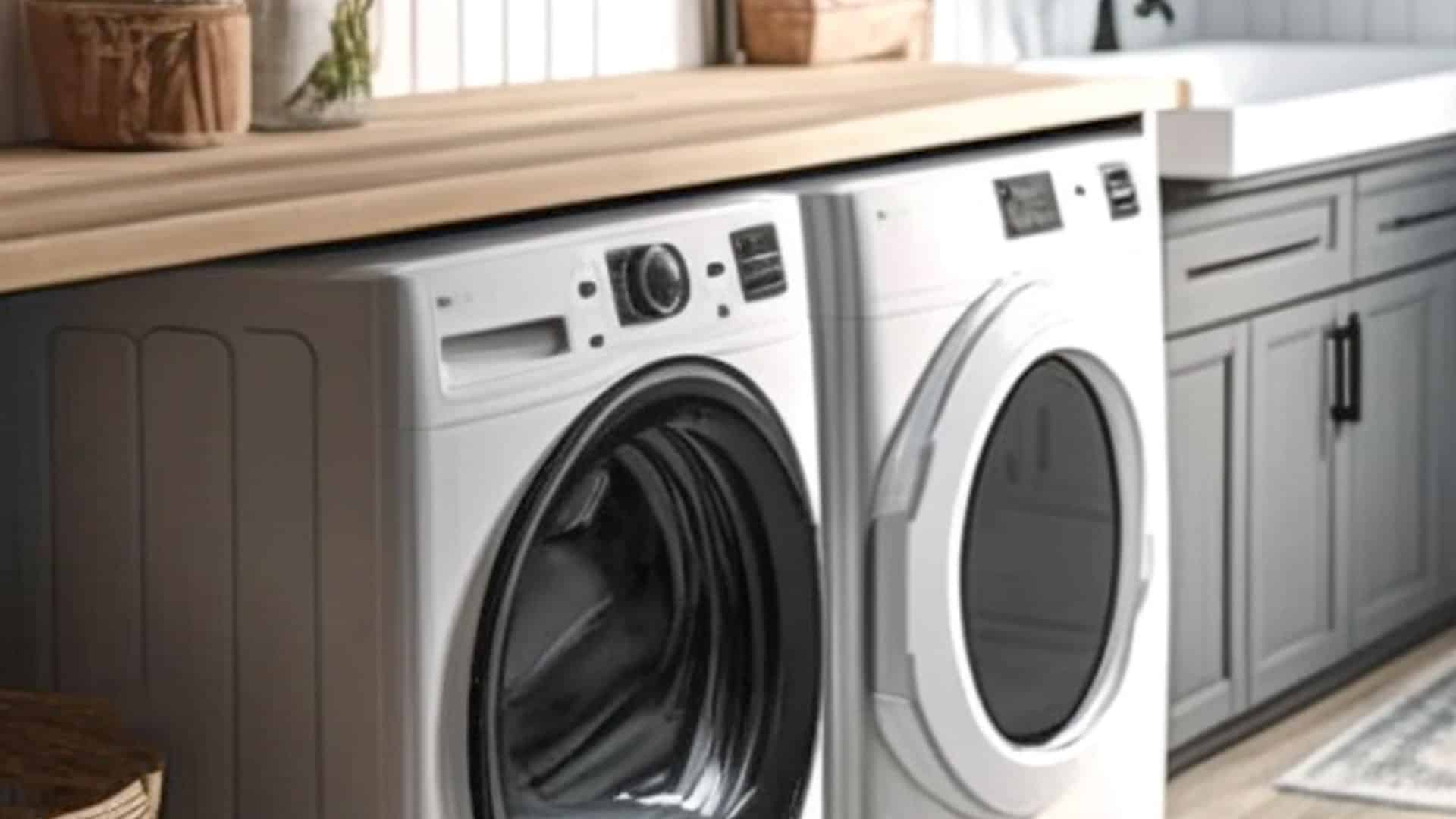
Maytag Washer Showing F5 Error Code? Here’s What To Do
